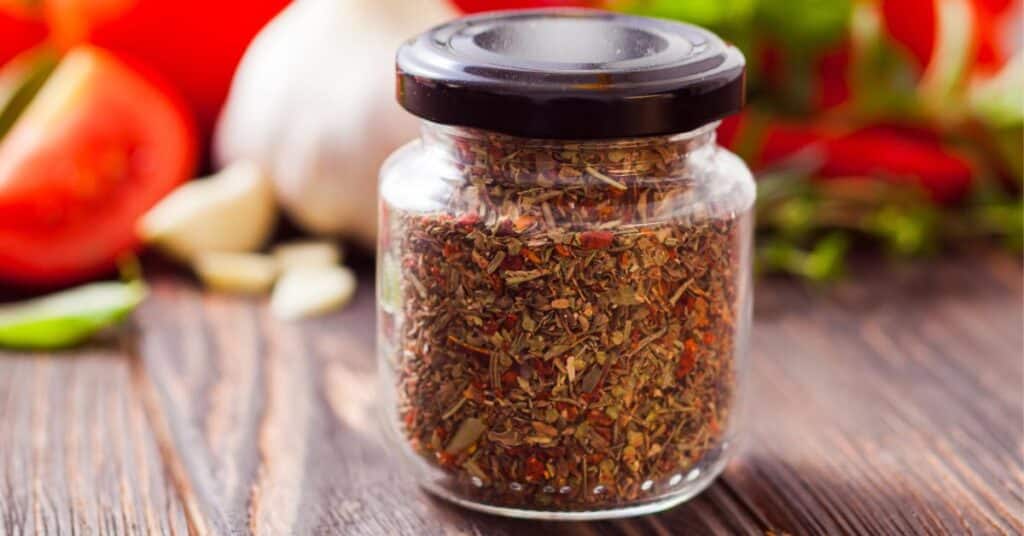
Tuscan heat spice is a popular blend of herbs and spices that embodies the rich flavors of Tuscan cuisine. The aromatic mix has its roots in the beautiful region of Tuscany, Italy, where it has enhanced the tastes of traditional dishes for generations. With its colorful history and unique flavor profile, it has garnered fans across the globe, elevating ordinary meals to extraordinary culinary experiences.
The versatility of Tuscan heat spice lies in the intermingling of its several components, typically including basil, oregano, rosemary, garlic, and red pepper flakes. These ingredients create a harmonious blend that can work wonders on various recipes, ranging from pasta sauces and roasted vegetables to grilled meats and stews. By incorporating Tuscan heat spice into your cooking, you can effortlessly achieve an authentic Italian flair.
Trying your hand at Tuscan heat spice is easier than you might think. Many grocery stores carry premixed blends, and you can also create your own with common pantry items. Give your favorite dishes a Tuscan twist and take your taste buds on a journey through the hills and vineyards of Italy right in your own kitchen.
Tuscan Heat Spice Ingredients
Herbs
Tuscan heat spice blend contains a mix of flavorful herbs such as oregano, basil, rosemary, and thyme. These herbs are commonly used in Italian cuisine and provide a distinctive taste and aroma to the blend.
Spices
The spice component of this blend includes garlic, black pepper, paprika, and chili. These spices contribute to the heat and depth of flavors, making the blend suitable for various dishes. Fennel and cayenne pepper can also be added to enhance the spiciness.
Additional Components
To balance the herby and spicy elements, Tuscan heat spice often includes salt and parsley. The salt enhances the other flavors, while the parsley adds a fresh, bright note. The combination creates a versatile and all-purpose seasoning perfect for various culinary applications.
Tuscan Heat Spice vs. Italian Seasoning
Tuscan heat spice and Italian seasoning have similarities and differences. Both spice blends are inspired by Italian cuisine while differing in key ingredients. Tuscan heat spice has a bolder flavor, while Italian seasoning is more traditional.
Tuscan heat spice often contains red pepper flakes, providing a hint of heat. Italian seasoning, on the other hand, contains herbs such as basil, oregano, and thyme without any spiciness. These unique components contribute to their distinct taste profiles, which are suitable for various dishes.
In cooking applications, Tuscan heat spice complements heartier meals, such as roasted vegetables, grilled meats, and tomato-based sauces. Conversely, Italian seasoning lends itself well to subtler recipes, including pasta dishes, salad dressings, and breadsticks.
Make Your Own
Mixing Bowl and Whisk Method
Making a homemade Tuscan heat spice blend is simple with the mixing bowl and whisk method. Combine all ingredients in a mixing bowl and whisk well to ensure even distribution of flavors. Pour the blend into an airtight container like a mason jar to preserve freshness.
Spice Grinder Method
Alternatively, using a spice grinder can produce a more consistent seasoning blend. Add all ingredients to the grinder and pulse until uniformly mixed, and transfer to an airtight container.
Remember, creating your own spice blends allows for customization and control over the flavors. Feel free to adjust the recipe to suit your taste preferences.
Popular Recipes and Meals
Chicken
Tuscan heat spice blends beautifully with chicken dishes, adding warmth and depth of flavor. Try using it in a simple roasted chicken by rubbing the seasoning onto the skin before baking. For a Mediterranean twist, create a skillet chicken dish with white wine, lemon, garlic, and sun-dried tomatoes, then finish with a generous sprinkling of Tuscan heat spice.
Pasta
Pasta dishes can greatly benefit from the robust flavors of Tuscan heat spice. A simple way to elevate your pasta meal is to toss the cooked pasta in olive oil, garlic, and the spice blend. For a heartier option, prepare a tomato-based sauce with ground meat, onions, and bell peppers, then add the seasoning and simmer to perfection. This sauce pairs well with various pasta shapes.
Vegetables
The versatility of Tuscan heat spice makes it a perfect match for many vegetable dishes. Enhance grilled or roasted vegetables, such as zucchini, eggplant, and red onions, by sprinkling the seasoning on top. Alternatively, sauté vegetables with garlic and olive oil, then mix in the spice blend for a flavorful side dish.
Soup
Soups infused with Tuscan heat spice provide warmth and comfort. A classic minestrone soup can be elevated by adding seasoning during the simmering process. For a creamier option, try a tomato basil bisque with a touch of the spice blend.
Salad
Incorporating Tuscan heat spice into salads adds flavor and depth. Mix the seasoning into a vinaigrette dressing or simply sprinkle it directly onto a salad. A popular choice is a salad featuring mixed greens, cherry tomatoes, olives, grilled chicken, and shaved Parmesan.
Tuscan Heat Spice Substitutes
If you find yourself without Tuscan heat spice, you can easily recreate it with some common components. We will explore some substitutes for it that will help you achieve similar flavors.
A simple substitute can be created by combining equal parts of marjoram, fennel seed, and other Italian-inspired ingredients.
It’s not always necessary to adhere too strictly to recipes that call for Tuscan heat spice. You might find you prefer a mixture of oregano, parsley, thyme, or even a pre-made Italian seasoning mix. With these substitutes, you’ll be able to achieve the desired flavors and bring a touch of Tuscany to your dishes.
Other Uses and Variations
Tuscan heat spice shines in a variety of dishes, elevating their flavors. It works well with hearty stews, imparting warmth and richness. Adding it to protein-rich ingredients like fish, seafood, and meat creates mouthwatering results. Roasted vegetables benefit from it as well.

